Canopy Bridge recently had a chance to sit down with Lourdes Páez, an outstanding social entrepreneur working to enhance appreciation for Ecuador’s excellent cocoa and create more value for farmers of the country’s fine flavor beans. Lourdes heads the Academia del Chocolate, an organization dedicated to training and research to improve the quality, recognition and benefits of fine cocoa, and she recently launched a beautiful book dedicated to Ecuador´s rich cocoa heritage, Ecuador tierra del cacao.
by Sebastian Espín Meneses
Sebastian: To begin, please tell us about your career… how did your passion for chocolate begin, and how did you start working in this field?
Lourdes: I have had a strong connection with chocolate since I was very young because drinking hot chocolate was an evening ritual in my family. Professionally, I got involved with chocolate about 12 years ago through my communications and marketing work. I was collaborating with an international program aimed at promoting economic development in rural areas, searching for products that have trade potential. We’d analyzed trends in the international markets and cocoa was identified as one of the main products with growth potential. We started working with cocoa on several fronts, [helping farmers] form associations, and helping them boost production and strengthen their business relationships so that they’d negotiate better prices and perform better quality control. We then moved up in the production chain, contacting buyers both locally and internationally, in order to understand the requirements and the demand for this product, as well as to advise on access to technology and the various forms of processing cocoa.
Ultimately, what we wanted —and this is also an objective that should interest us as a country— is for there to be less raw cocoa bean exports, since its price fluctuates greatly on the international market, and to encourage a greater production and trade of chocolate and other cocoa-derived products.
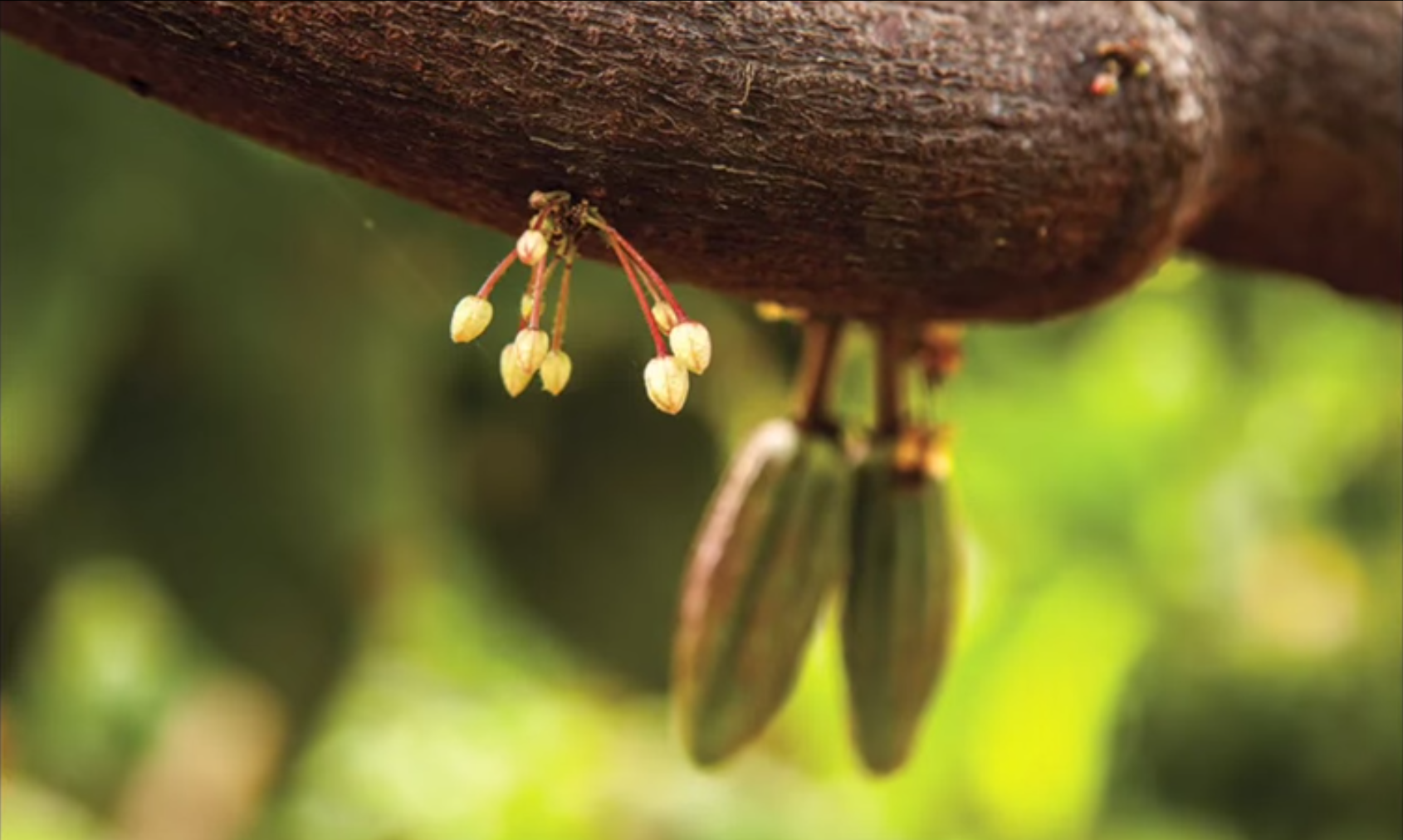
S: Another of your major projects is the Academia del Chocolate. Tell us about it, how was the idea born and what have been the initiative’s major achievements?
L: As I mentioned, one of the greatest failures in the country is the lack of access to technology and know-how for processing cocoa. We are very knowledgeable in cocoa cultivation, and, as a country, we are well recognized worldwide as a source of information and research in this area. However, when it comes to the transformation of cocoa into chocolate, we are unfortunately disadvantaged. That’s why in 2011, with some friends and colleagues linked to the world of chocolate and cocoa, we decided to make a contribution that would strengthen this weak component in the country’s cocoa value chain, and so decided to create the Academia del Chocolate.
Chocolate was not considered a high-value product or it wasn’t held in high regard in the country… In many markets abroad, chocolate is highly prized, its production is taken seriously and people invest in technology for it. For example, in Western Europe, a chocolatier studies his craft for 4-6 years, whereas here, anyone can call himself a chocolatier. That’s why the difference in cocoa-derived products is gigantic. In fact, in Europe, in places like France, Switzerland, Belgium, and Germany, there is a long and storied tradition of chocolate making.
So that’s why we decided to create the Academia del Chocolate and to give it that name, in order to put chocolate in the place it deserves academically, in terms of research and knowledge. It is a non-profit association established by people who are involved with cocoa, whether it be in research or the manufacture of chocolate. It is our intention and desire to support and improve the conditions for the world of cocoa in our country.
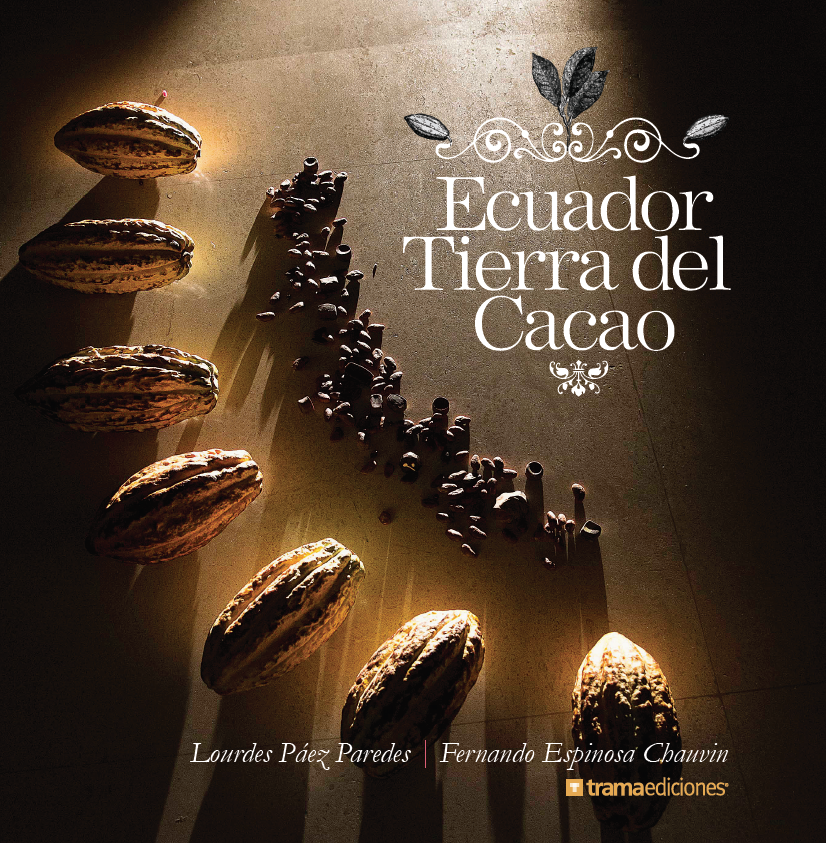
S: Tell us about your book Ecuador tierra del cacao, and the story it tells
L: Well, the book “Ecuador tierra del cacao“ has been a personal and life project for the last four years, which is the time it took me to research and develop it, and was created with the purest desire of doing justice to Ecuadorian cocoa. I have a fairly large library on cocoa and chocolate, and it has always struck me that Ecuadorian cocoa is seldom mentioned in these publications. At some point, I thought to myself, “if an Ecuadorian doesn’t put the spotlight on her cocoa, nobody is going to do it.” Starting from that desire, it was a project that I decided to make reality at all costs, and as efficiently as possible, because, as is well-known, it is not very easy to get sponsorship for cultural and research projects in Ecuador.
Fortunately, I counted on the substantial collaboration of Fernando Espinosa, who is a photographer and who put his own resources to work because he shares the same conviction of an Ecuadorian who loves chocolate. With Fernando, we traveled the world following “the golden bean”; we toured Belgium, France, England, the United States, and of course, Ecuador—the Amazon, the Coast and all the lowland areas where cocoa is grown. We undertook this process as a team, in a highly coordinated way, since the road and the research were our guide throughout the process of creating photographic documentation, which we did simultaneously with writing and fieldwork. This was a team effort, and I think that is precisely the strength of the book: the visual and textual components complement each other perfectly. Unlike what happens in other cases, where book is illustrated only after the completion of the text, this work was created in unison, with each photograph having a reason to be in the text.
And finally, Romulo Moya from the publishing house Trama. was also involved in this project. He provided a lot of support; he liked the subject and decided to contribute as well. Trama was in charge of coming up with the design, which turned out perfect, as it greatly enhanced the content and met our goal of honoring Ecuadorian cocoa and chocolate with a publication that captures all of your senses.
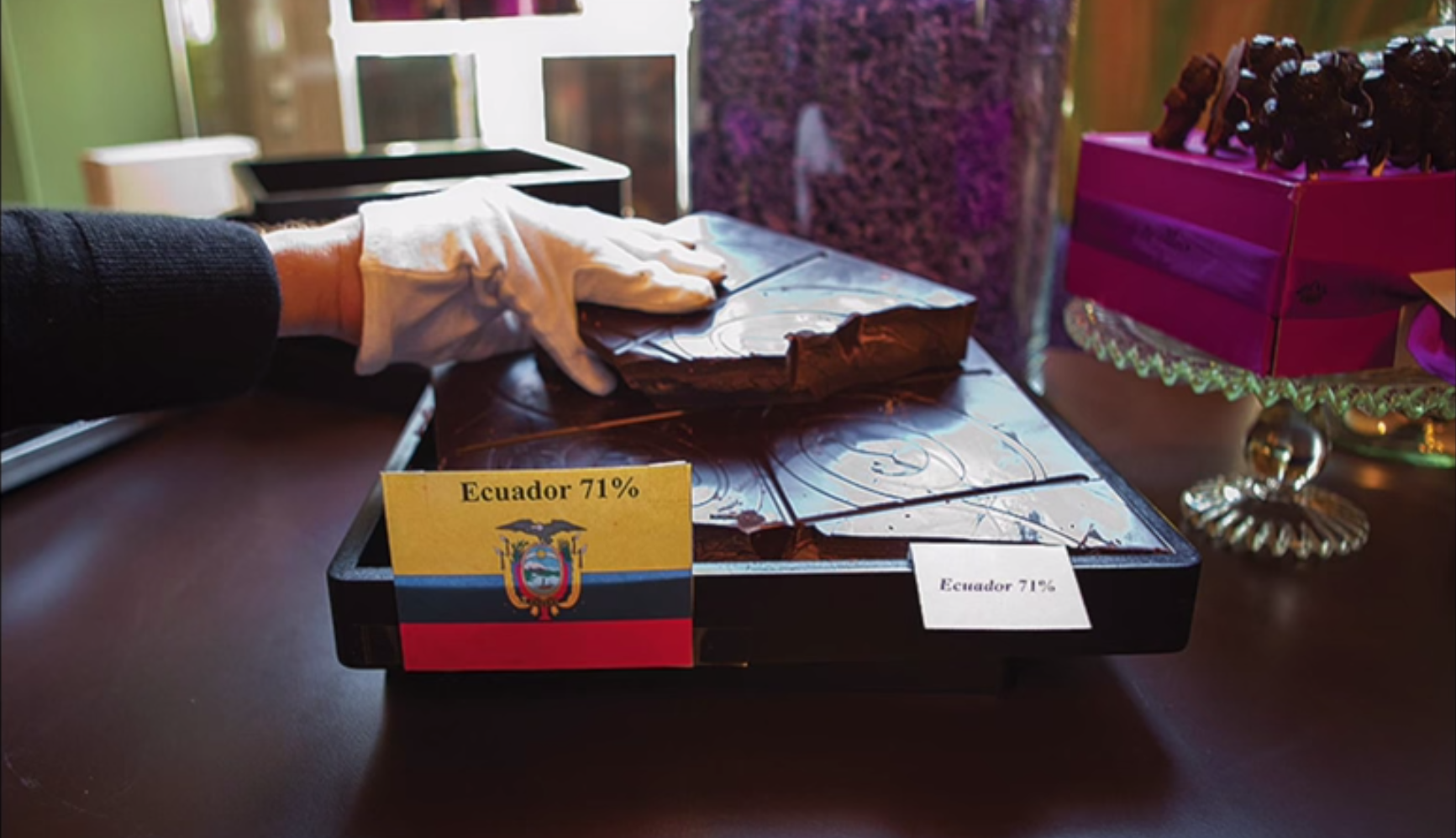
S: What do you hope to achieve with the book?
L: The book aims to be light and entertaining, but based on well-founded scientific information. I intended the book to be for the general public, but for it to be informative, and, through photography, to also have an artistic component, and for all of these elements to complement each other.
And so far, since the launch, the book has met my expectations. I have received very positive feedback from readers who’ve found the book to be full of interesting information and a story that grabs you. Many were surprised to find how important cocoa was in Ecuador’s history. And that’s rewarding to hear because it was the book’s aim to inform both experts and aficionados alike of the significance that chocolate and cocoa have had in the country, since I maintain that Ecuador would not be what it is now had it not been for cocoa.
S: You have very interesting work with local communities; can you tell us more about your work with these communities, with the development of female entrepreneurship, and your goal of drawing attention to the producers?
L: My work with local communities is linked to a larger economic development project that I have been involved with for 12 years. That’s why I was able to develop the connections with farming communities and cooperatives. Currently, I foster these relationships by opening up markets for the producers. Nevertheless, I would like to develop this work further, especially focusing it on women. In the world of cocoa, as is the case in many other areas, women do not enjoy the best conditions and have been discriminated against; they do not have access to technology, they have no access to credit or money, and many even don’t have access to land ownership, even though women in cocoa-producing families play such an important role. They are always tending to and harvesting the cocoa, always participating in these activities without a specific economic benefit. I think this is still a patriarchal society, and so I would like to create a program to support women. I’ve noticed a lot of opportunity for female entrepreneurship, but, unfortunately, there is a lack of training and that’s why these enterprises never take off. This is the reason that one of my dreams is to give the necessary training to women in rural areas. I think this guidance is essential, because it could allow them to really profit from all of cocoa’s great qualities.
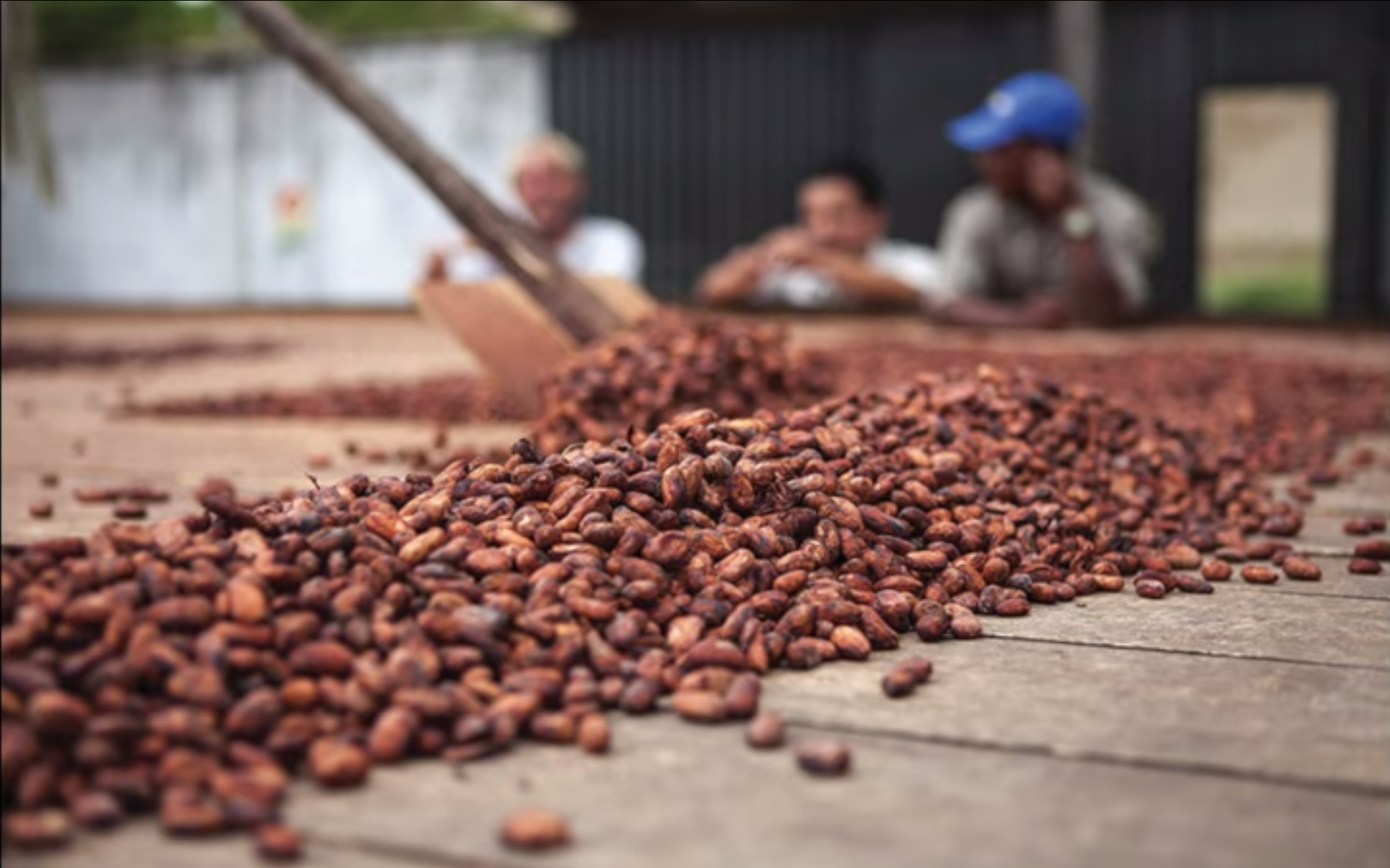
S: How do you see the potential for cocoa to contribute to the conservation of forests? Can you share some concrete examples that have caught your attention?
Cocoa can contribute to conservation as well as to the destruction of forests. If you make a big cocoa monoculture plantation, you’re going to have to cut down the forest. But if you’re going to produce in an orchard or chakra, with a polyculture, as do different indigenous communities in the Amazon who combine cassava, fruit and timber trees, you create an opportunity for animals, birds and plants to coexist, and this is the natural environment in which cocoa grew. In these cases, yes, you can talk about forest conservation. I have seen models like these in small groups in the Amazon, such as the Kallari association, which consists of 850 families that grow cocoa, but do so in their native Quichua-style farms. They have maintained this way of cultivating cocoa in a natural environment. It may be less profitable than a plantation, but what is prioritized is care in this traditional form of cocoa farming. The purely commercial approach requires you to clear the forest for a profitable operation.
S: What would be your ideal world with cocoa? What would be a good future for the golden bean?
First, there should be an appreciation and recognition of fine or flavor cocoa bean reflected in its price when compared to ordinary cocoa. It is unfair that farmers who produce fine or flavor cocoa are paid the same as they would be for bulk cocoa since their yields are so different. You can produce 10 or 12 quintals per hectare of fine or flavor cocoa while the conventional beans can yield 30 or 40; if you pay the same for both types, it is a disadvantage for the higher quality cocoa. Many people who cultivate fine or flavor cocoa nationally do so either because of their convictions or because they lack the money to switch to a different crop. That is the basic problem. There has to be price differentiation and it has to reward the fine or flavor cocoa so that we can preserve this variety that is so important for our country. Its importance is historical and cultural, because ordinary cocoa is used for industrial chocolate, while the fine or flavor cocoa is used in gourmet and high-end chocolate making.
Fairer conditions for farmers are also necessary because currently, only 5% of the price of a chocolate bar goes to pay for the cocoa and the remainder goes toward marketing, transportation, profit margins, etc. And this is a great injustice, because, as I always say, and like the slogan of my book reads, without cocoa there would be no chocolate, and I want people to understand that, because, when cocoa is no longer profitable for farmers, its production will come to an end and there will be no chocolate for anyone.
Explore the work of the 850 Quichua families to protect the forest in Kallari profile.
And also check out Academia del Chocolate profile on Canopy Bridge.
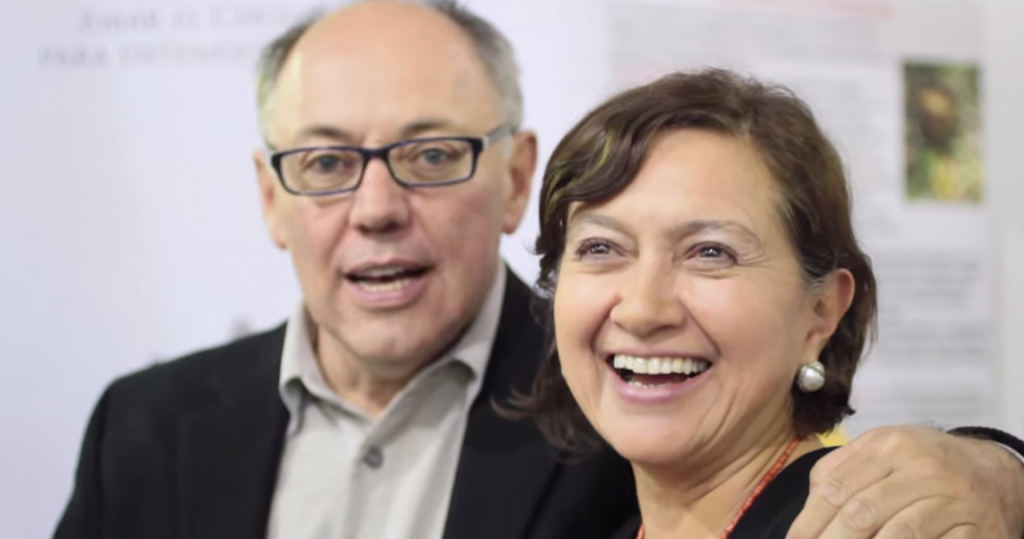
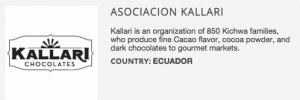



Great. This is the best blog I have ever read about chocolates. Truly amazing!
Hi, very good and informative blog Thanks for sharing such a nice blog.